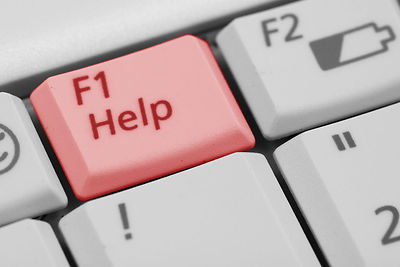Celebrating the Launch of My Personal Portfolio: A Journey in Procedural Art, Interactivity, and Open Source Innovation
After nearly two years of fluctuating between starting and stopping personal projects—something many developers may relate to—I am thrilled to announce the completion and launch of my personal website. This milestone marks a significant achievement in my development journey, reflecting months of dedication, experimentation, and technical exploration.
A Website That’s More Than Just a Portfolio
This site is designed to be an interactive showcase of my skills and process, extending beyond traditional static displays. It serves as a living canvas that transparently demonstrates my approach to creative coding and procedural generation.
Explore the Website Here
🌐 Visit My Portfolio
Deep Dive into the Technical Craftsmanship
For those interested in the nuts and bolts, I’ve documented a comprehensive write-up covering the design decisions, math, and code essentials. Check it out for a detailed breakdown:
📖 Technical Insights & Development Log
Access the Open Source Codebase
Feel free to explore, fork, or contribute to the project on GitHub:
Key Features & Technical Highlights
1. Procedural Background Generators
The site features four unique backgrounds crafted entirely with the Canvas API, avoiding external libraries. These include hologram cubes, recursive circuit diagrams, psychedelic mandalas, and quantum-inspired node networks. Achieving smooth performance while rendering complex visuals was a rewarding challenge that continues to see ongoing refinements.
2. Interactive Terminal Footer
Beyond aesthetics, the footer doubles as a functional command-line interface—complete with commands, easter eggs, and hidden features. One fun element is a custom crash screen that triggers a mini dino game, adding playful interactivity.
3. Custom Markdown Renderer
Built from scratch, this renderer supports mathematical notation via KaTeX, diagrams through Mermaid, and a host of other features, ensuring rich content presentation.
4. Accessibility-Centric Design
Prioritizing user comfort, the site respects prefers-reduced-motion preferences and offers a “Low Chaos Mode” tailored for sensory sensitivities, making it welcoming for all visitors.
5. Privacy-First Approach
My site consciously avoids tracking

